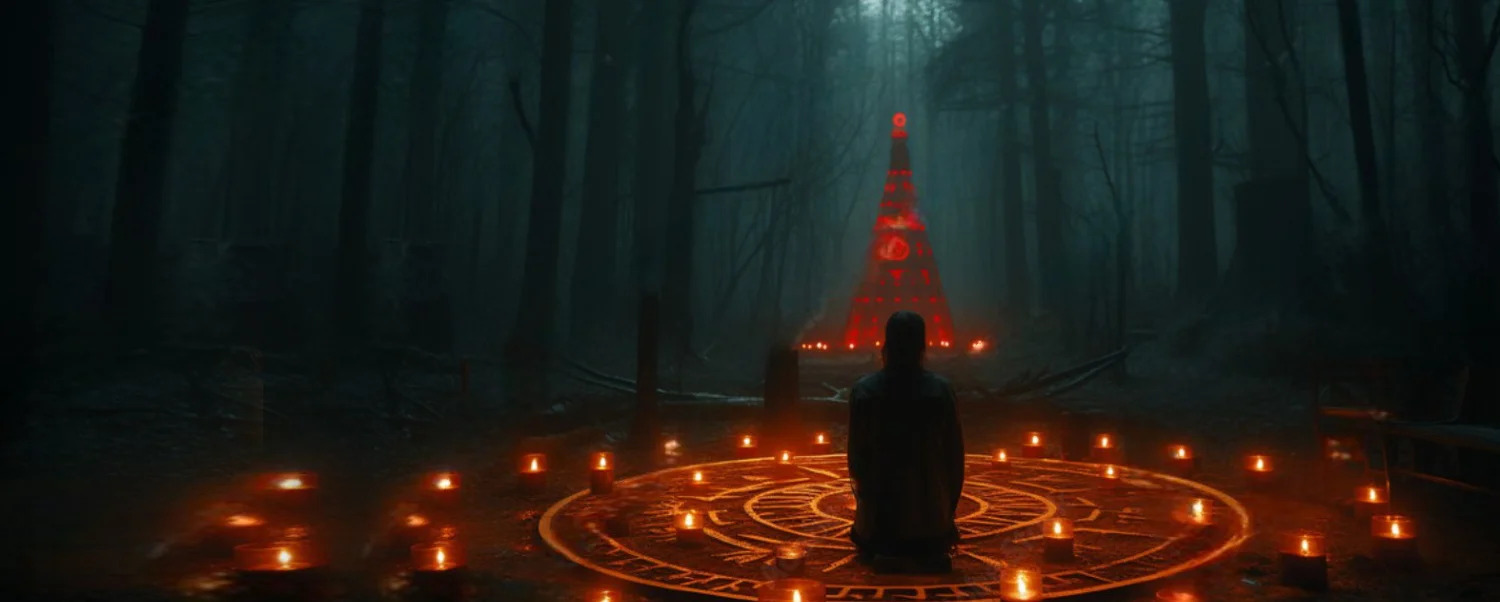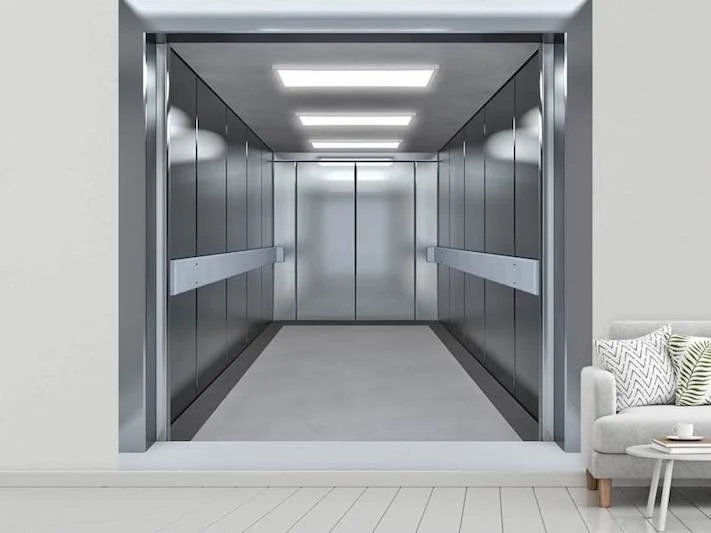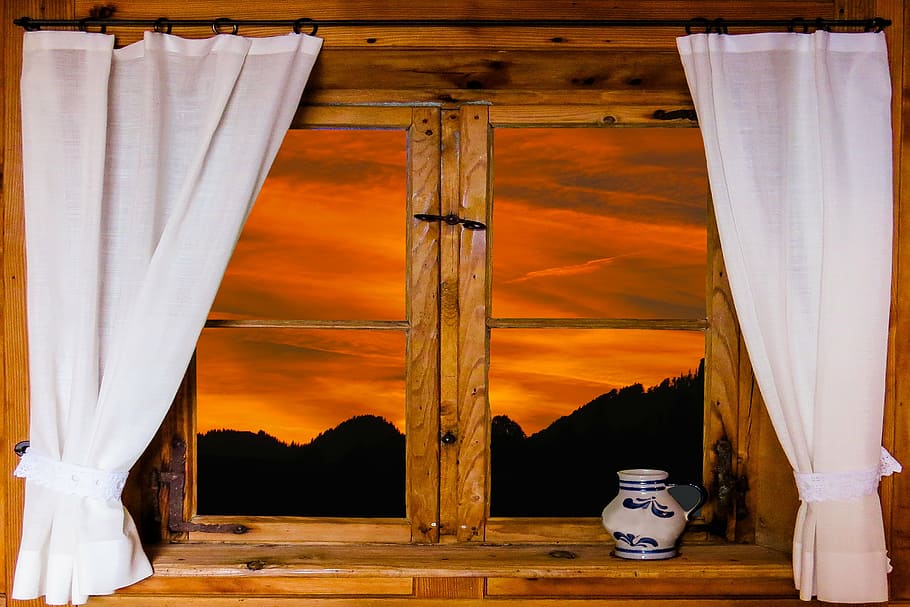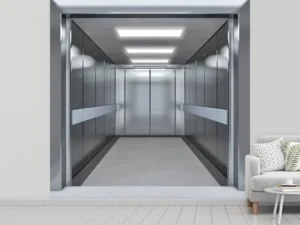Why LED is Replacing Incandescent Lighting: A Technology Comparison
As technology advances, the debate between incandescent vs. LED lighting has become increasingly relevant. With a focus on energy efficiency and sustainability, LED lighting solutions are rapidly gaining popularity over traditional incandescent bulbs. In this article, we will explore the key differences between these two lighting technologies, emphasizing the benefits of LEDs and why they are becoming the preferred choice for both residential and commercial applications.
Understanding Incandescent Lighting
Incandescent bulbs have been a staple in lighting for over a century. They work by passing an electric current through a thin filament, which then heats up and produces light. While these bulbs are widely available and offer warm light quality, they have significant downsides:
- Energy Inefficiency: Incandescent bulbs convert only about 10% of the energy they consume into light; the rest is wasted as heat.
- Short Lifespan: Typically, incandescent bulbs last around 1,000 hours, requiring frequent replacements.
- Higher Heat Emission: The excess heat generated can lead to increased cooling costs in warm weather.
The Rise of LED Lighting
LEDs, or light-emitting diodes, represent a groundbreaking advancement in lighting technology. Unlike incandescent bulbs, LEDs produce light through a process called electroluminescence, which is far more energy-efficient. Here’s how LEDs compare to incandescent lighting:
1. Energy Efficiency
One of the most significant advantages of LEDs is their energy efficiency. LED vs. incandescent efficiency statistics show that LED bulbs consume up to 80% less energy than traditional incandescent bulbs for the same amount of light output. This means lower electricity bills and a reduced carbon footprint, making LEDs a more environmentally friendly option.
2. Longevity
LED bulbs can last anywhere from 15,000 to 50,000 hours or more, significantly outpacing incandescent bulbs. This extended lifespan translates to fewer replacements, reducing waste and saving money in the long run.
3. Light Quality and Variety
While some may miss the warm glow of incandescent bulbs, LED technology has improved dramatically. Modern LEDs can now produce a range of color temperatures, from warm white to cool daylight. This versatility allows homeowners and businesses to choose the ambiance they desire while enjoying the benefits of energy efficiency.
4. Durability and Safety
LEDs are built with solid-state technology, making them more durable and resistant to shock, vibrations, and extreme temperatures compared to fragile incandescent bulbs. They also operate at a lower temperature, minimizing the risk of burns or fire hazards.
5. Smart Features
Many LED lighting solutions are compatible with smart home technology, allowing users to control their lighting remotely, set schedules, and create custom lighting scenes. This capability enhances convenience and can lead to further energy savings.
6. Lower Environmental Impact
Switching to LED lighting not only benefits individual households and businesses but also contributes to a larger environmental impact. The energy savings associated with LEDs result in fewer greenhouse gas emissions, helping combat climate change. Additionally, the longer lifespan of LED bulbs means less waste in landfills.
7. Instant Lighting
LEDs provide instant illumination at full brightness when turned on, unlike some energy-saving options that take time to warm up. This feature is especially beneficial in applications where immediate light is essential, such as outdoor security lighting or task lighting.
Conclusion
As we consider the ongoing shift from incandescent to LED lighting, it’s clear that the advantages of LEDs are substantial. From their impressive LED vs. incandescent efficiency to their longevity and versatility, it’s no wonder that LEDs are becoming the standard in lighting solutions. For those seeking to upgrade their lighting, transitioning to LED is not only a smart financial decision but also a step towards a more sustainable future. With continued advancements in LED technology, we can expect even greater innovations in the years to come, further solidifying their position as the lighting choice of the future.














Post Comment